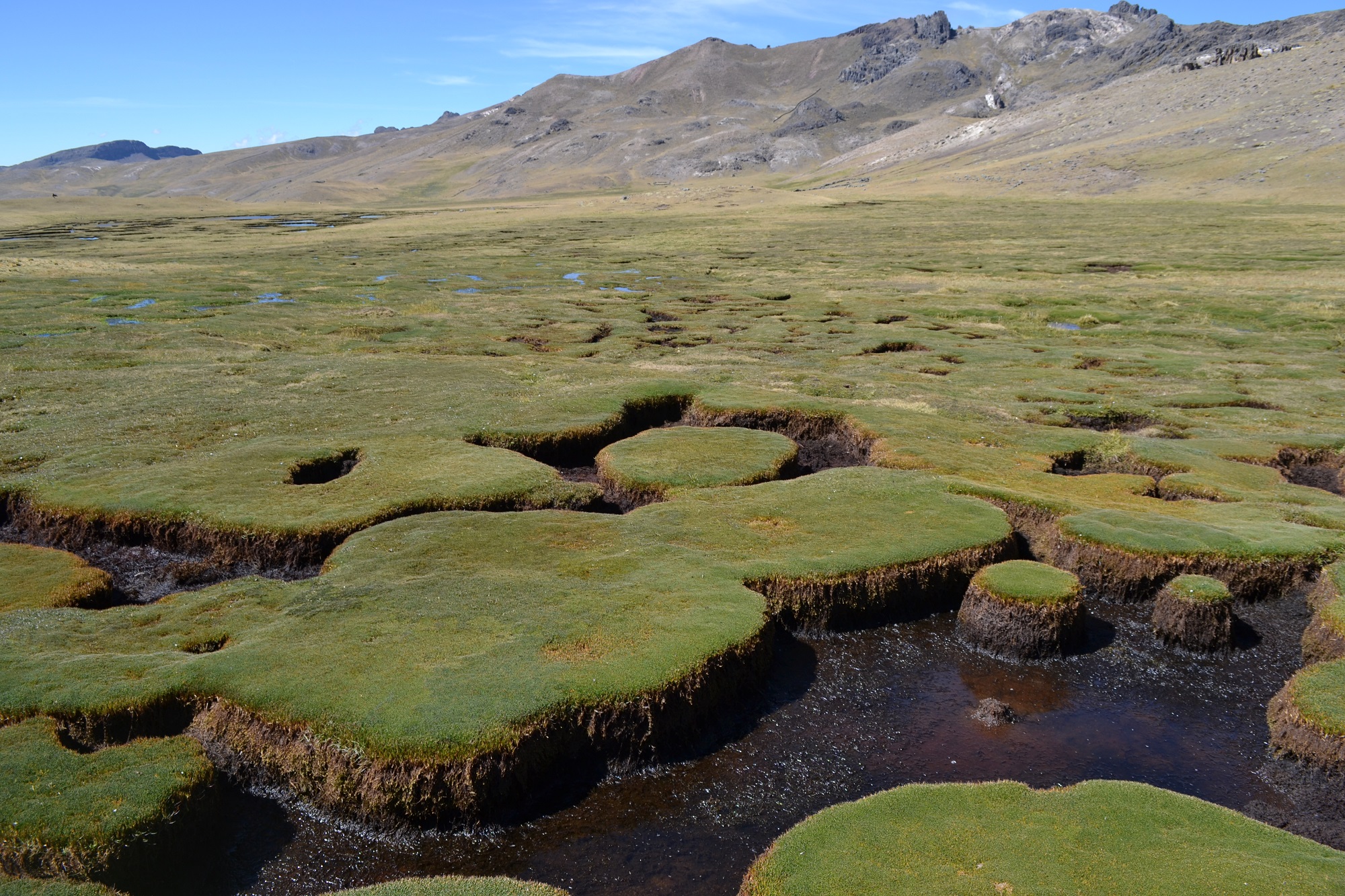Three students from the University of the West of England (UWE Bristol) have travelled to Peru this summer, as part of the UWE Global Water Security Programme, to work with researchers from the Centro de Competencias del Agua (CCA). Our work with CCA is based around strengthening local capacities for the sustainable management of the Andean basin headwaters. Here, Maria Baquerizo Montero follows up her first blogpost with more detail about her research work.
 During my time in Peru, the team members of Centro de Competencias del Agua (CCA) have been keen for me to see the activities that the city of Ayacucho is undertaking so it can develop sustainably. It has also been interesting to see the dissertation projects of the students at San Cristóbal of Huamanga National University (UNSCH) and how they are motivated and committed to finding new ways of developing and improving farmers’ lives in an environmentally friendly manner.
During my time in Peru, the team members of Centro de Competencias del Agua (CCA) have been keen for me to see the activities that the city of Ayacucho is undertaking so it can develop sustainably. It has also been interesting to see the dissertation projects of the students at San Cristóbal of Huamanga National University (UNSCH) and how they are motivated and committed to finding new ways of developing and improving farmers’ lives in an environmentally friendly manner.
During a field visit to the nearby Cachi Basin, the team members explained to us the in situ measurements that are taken to monitor water quality in the headwater wetland. These measurements are important because it is the same water that sustains the needs of Ayacucho, located further down the catchment. Surprisingly, the agricultural activities in the basin do not produce a significant impact on water quality through contamination, as is usually expected, because Peruvian farmers use relatively few fertilisers or other potential water contaminants. Also, there is relatively little irrigation (most agriculture is only rain-fed) to take water away from down-catchment users.
One area of focus is Quispillacta, a community with 5,000 inhabitants living in 12 smaller hamlets, located in the Chuschi District, to the south of Ayacucho. In this predominantly Quechua-speaking area, the economy is largely dominated by small mixed arable and livestock farms. While there is much concern about the potential impact of glacial retreat on water availability in places such as Quispillacta, there is also a long history of managing water sustainably. Indeed, over the centuries Quechua-speaking peoples helped to create an intricate network of canals and water diversions designed to slow water’s progress downslope, allowing it to percolate into high altitude soils and nurture crops, animals and people. We wanted to find out more about how that system is performing now, with modern pressures including climate change and government policy reform.
 This field trip was useful for the report that I am writing about the seasonality and fragility of the high altitude bofedales (wetlands). The bofedales have a unique biodiversity and are excellent in regulating and storing water from precipitation, glacial melt and groundwater in the soil. However, they are extremely fragile ecosystems that are sensitive to climate change and human disturbances. Therefore, since the dry season has just started, it was good to compare my photos with those of the wet season and describe how the dramatic change of temperatures is affecting their ecological function. I have used a multi-parameter approach, measuring pH, conductivity, total dissolved solids and temperature. This made it easy to achieve highly reliable water quality data to determine if the bofedales of the Chillarazo basin are effective filters for providing good quality water for human consumption.
This field trip was useful for the report that I am writing about the seasonality and fragility of the high altitude bofedales (wetlands). The bofedales have a unique biodiversity and are excellent in regulating and storing water from precipitation, glacial melt and groundwater in the soil. However, they are extremely fragile ecosystems that are sensitive to climate change and human disturbances. Therefore, since the dry season has just started, it was good to compare my photos with those of the wet season and describe how the dramatic change of temperatures is affecting their ecological function. I have used a multi-parameter approach, measuring pH, conductivity, total dissolved solids and temperature. This made it easy to achieve highly reliable water quality data to determine if the bofedales of the Chillarazo basin are effective filters for providing good quality water for human consumption.
